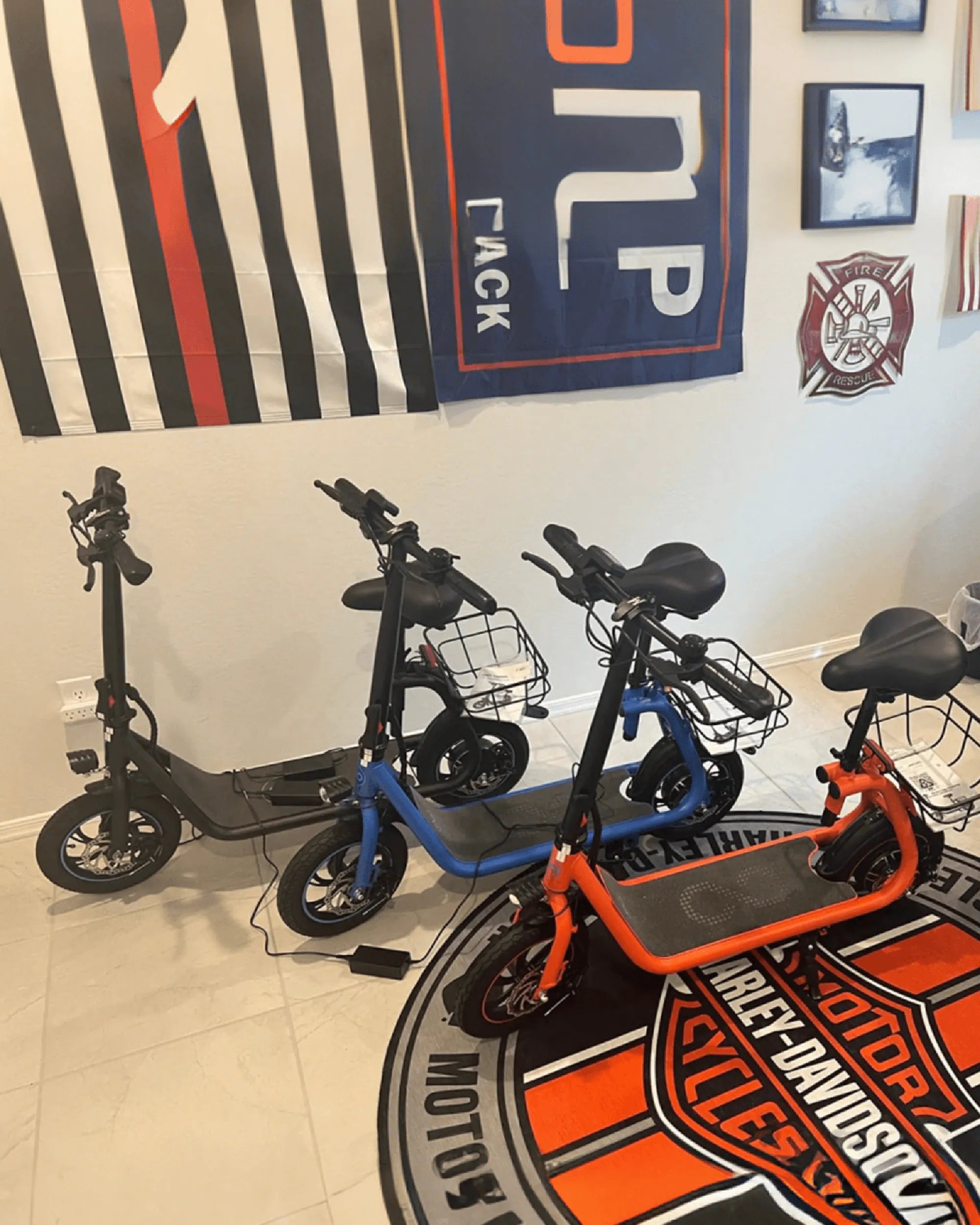Ever wondered how an electric bike effortlessly glides up hills or maintains speed with minimal pedaling? The magic lies in its clever engineering, blending human power with electric assistance. Let’s dive into the fascinating mechanics behind e-bikes and uncover what makes them tick.
The Core Components of an Electric Bike
An electric bike consists of several key components that work together to provide a smooth, efficient ride. Here’s a breakdown of the most critical parts:
1. The Electric Motor
The motor is the heart of an e-bike, providing the extra push needed to make pedaling easier. Most motors are either hub motors (located in the wheel hub) or mid-drive motors (integrated into the bike’s frame near the pedals). Hub motors are simpler and quieter, while mid-drive motors offer better balance and efficiency, especially on hilly terrain.
2. The Battery Pack
E-bikes rely on rechargeable lithium-ion batteries, which store energy to power the motor. Battery capacity is measured in watt-hours (Wh), determining how far you can ride on a single charge. Most batteries are mounted on the frame or integrated into the downtube for a sleek look.
3. The Pedal Assist System (PAS)
This system detects your pedaling motion and adjusts the motor’s output accordingly. Sensors measure your cadence, torque, or both, ensuring the motor provides just the right amount of assistance based on your effort.
4. The Controller
Acting as the brain of the e-bike, the controller regulates power flow from the battery to the motor. It processes input from the pedal assist system and throttle (if equipped) to deliver a seamless riding experience.
5. The Display and Controls
Most e-bikes feature a handlebar-mounted display showing speed, battery level, and assistance mode. Riders can adjust settings like pedal assist levels or switch between modes using intuitive controls.
How an Electric Bike Delivers Power
E-bikes use one of two primary methods to deliver power: pedal assist or throttle control.
Pedal Assist Explained
With pedal assist, the motor engages only when you pedal. Sensors detect your movement and adjust the motor’s output based on your selected assistance level (e.g., eco, normal, or turbo). This system promotes exercise while reducing fatigue, making it ideal for commuters and recreational riders.
Throttle Control Explained
Some e-bikes include a throttle, allowing you to engage the motor without pedaling—similar to a scooter. This feature is handy for quick acceleration or riding without exertion, though it may drain the battery faster.
The Role of Sensors in E-Bike Performance
Sensors are crucial for optimizing the riding experience. Here’s how they work:
Cadence Sensors
These detect whether you’re pedaling and at what speed. The motor provides assistance based on your cadence, but not necessarily your effort.
Torque Sensors
More advanced than cadence sensors, torque sensors measure how hard you’re pedaling. The motor responds proportionally, offering a more natural and intuitive ride.
Speed Sensors
These ensure the motor complies with local speed limits (often 20-28 mph, depending on regulations). Once you reach the cutoff speed, the motor stops assisting.
Energy Efficiency and Range
An e-bike’s range depends on factors like battery capacity, terrain, rider weight, and assistance level. On average, most e-bikes offer 20-50 miles per charge. To maximize range:
- Use lower assistance levels on flat terrain.
- Keep tires properly inflated.
- Avoid excessive throttle use.
Maintenance and Longevity
E-bikes require regular upkeep to ensure longevity. Key maintenance tips include:
- Charging the battery properly (avoid full discharges).
- Keeping the motor and electronics dry.
- Regularly inspecting brakes, gears, and tires.
With proper care, an e-bike’s battery can last 3-5 years, while the motor may endure a decade or more.
The Future of Electric Bikes
Advancements in battery technology, motor efficiency, and smart connectivity are shaping the next generation of e-bikes. Lighter materials, longer ranges, and AI-driven assistance systems promise to make riding even more enjoyable.
Ready to experience the thrill of effortless cycling? Whether you’re commuting, exploring, or just enjoying the ride, an electric bike offers a perfect blend of power and freedom—all at the turn of a pedal.

Share:
Do You Have to Pedal an Electric Bike? The Truth About E-Bike Riding
How Much Do Electric Scooters Cost? A Complete Price Breakdown